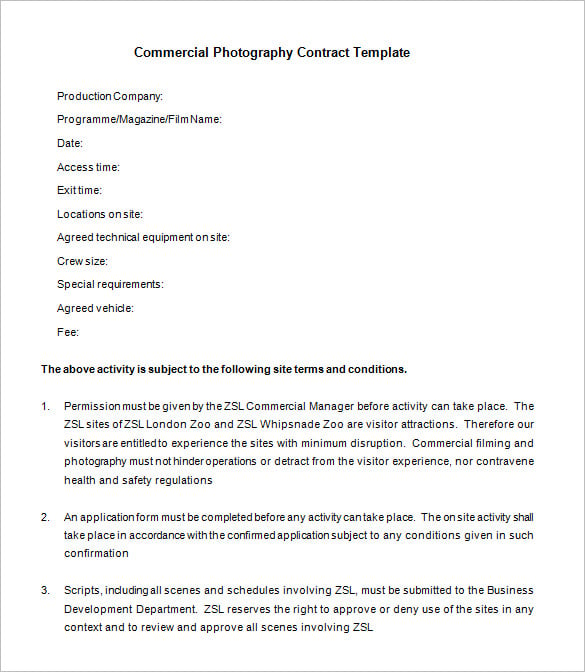
The companies are also competing with Instacart, another gig company that delivers groceries. Ahead of the holidays, DoorDash has rolled out a way for customers to send gifts to others. (which has unveiled Walmart Plus, a subscription-delivery service) and other stores that deliver. The company said it had 30 million active diners in the third quarter, a 41% increase from the year-ago period, and its $493.9 million in revenue was 53% more than a year ago.īeyond takeout, Uber and DoorDash are doubling down on delivery on multiple fronts, increasingly competing with Amazon Inc. Uber’s purchase of Postmates, which is expected to close in the fourth quarter of 2020, will bolster its delivery business.įor more: The pandemic turned Postmates’ IPO plans into a bidding war between Uber and Wall StreetĬhicago-based Grubhub, which is being acquired by Just Eat TakeawayĪ European company, is also reporting increased business. In the third quarter, Uber’s delivery business continued its growth: Uber Eats’ bookings rose 135% year over year, and its revenue surged 125% to $1.45 billion. Uber Chief Executive Dara Khosrowshahi was so bullish on delivery that during the company’s second-quarter earnings call, he likened Uber Eats to “another Uber” that the company essentially “built in under three years.” That quarter, Uber Eats brought in more revenue than rides for the first time. See: DoorDash IPO: 5 things to know about the app-based food-delivery company DoorDash said in its prospectus that its 543 million total orders for the first nine months of the year tripled compared with 181 million orders in the year-ago period. industry leader with 50% market share, and the next biggest players: a combined Uber Eats and Postmates, then Grubhub, according to Edison Trends. That is likely to benefit DoorDash, the U.S. “Restaurants are heading into a terrifying winter with no lifelines other than delivery platforms,” MKM Partners analysts reported last week. decreased an average of 52% the week of Nov. According to restaurant-reservation platform OpenTable, the number of seated diners in the U.S. survey of 2,500 consumers showed that in July, 52% said they would avoid restaurants and bars even after they fully reopen, and a recent rise in COVID-19 cases nationwide means many restaurants are again facing onsite-dining restrictions. In the short term, many restaurants have little choice but to sign on with the apps.
#Basic photography contract template restaurant drivers
And the other stakeholders involved, such as the restaurants, drivers and cities, are looking to either cap the fees the companies are allowed to charge or to get their fair share of the companies’ revenues.


While the companies are seeing a surge in business, their costs remain too high to post any sustained profit. Still unclear is how long the surge in deliveries will last, though, and what it means to the financial success - or lack thereof - of food-delivery apps in the long run.


 0 kommentar(er)
0 kommentar(er)
